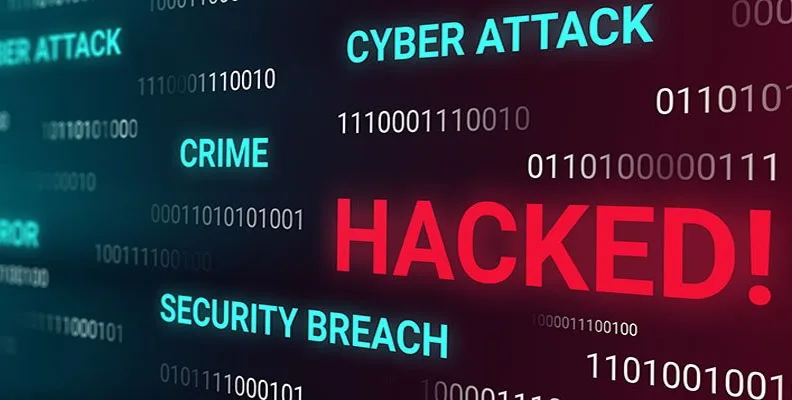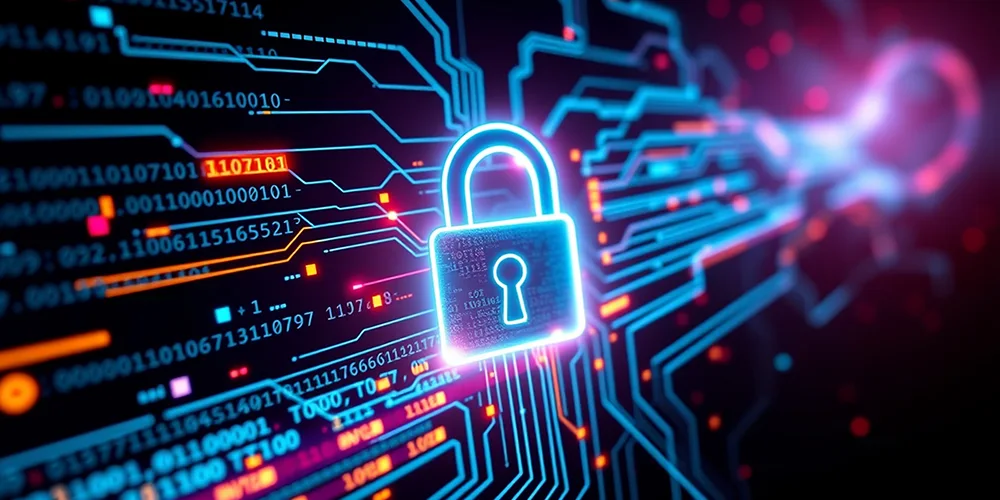10 steps an organisation can take to mitigate cybersecurity risks

Posted on June 16, 2023 by Louise Howland
Cybersecurity risks are influenced by three main factors: threats, vulnerabilities, and consequences.
Threats are the sources and methods of cyber-attacks, such as hackers, malware, phishing, etc.
Vulnerabilities are the weaknesses or gaps in an organisation’s security, such as outdated software, poor passwords, lack of training, etc.
Consequences are the impact from a successful cyber-attack, such as data loss, financial loss, legal liability, reputational damage, etc.
To mitigate cybersecurity risks, an organisation needs to take proactive and pre-emptive measures to reduce the likelihood and severity of cyber incidents. Here are 10 steps any organisation can take to help decrease the probability and impact of cyber incidents.:
- Perform risk assessments and review regularly.
An organisation should have a framework for identifying, analysing, and prioritising its cybersecurity risk. Risk assessments should be conducted frequently and especially when there is a change to the organisation’s environment. Risk assessments should also consider the potential threats, vulnerabilities, and consequences of each risk scenario. - Set a risk appetite and communicate it clearly.
Organisations need to define what level of risk they are willing to tolerate, this will vary depending on the culture and industry the organisation operates in. The risk appetite should also be communicated clearly to all stakeholders, including employees, customers, partners, and regulators. - Implement security controls and monitor their effectiveness.
Security controls should be implemented these can include technical measures (such as firewalls, encryption, antivirus software), organisational measures (such as policies, procedures, training), and physical measures (such as locks, cameras, access cards). Security controls should be monitored regularly to ensure their effectiveness and address any gaps or issues. - Increase cybersecurity awareness through regular staff training.
An organisation should educate and train its staff regularly, to increase their cybersecurity awareness. The ICO now expect all companies and charitable organisations to conduct regular cyber security training and demonstrate a high level of staff awareness. Staff should be aware of the common types of cyber threats (such as the conform forms of social engineering, ransomware, spyware) and how to avoid or report them. Staff should also follow best practices for password management, data protection, device security, and incident response. - Update and patch systems and software regularly.
An organisation should update and patch its systems and software regularly to fix any known vulnerabilities or bugs. Updating and patching can help prevent attackers from exploiting outdated or unpatched systems or software to gain access to the network or data. - Backup data and test recovery plans regularly.
A plan should be implemented to ensure the organisation regularly backups its data to ensure that it can be restored in case of data loss or corruption due to a cyber breach. Backup data should be tested regularly to ensure that it can be recovered successfully in case of an emergency. A single form of backup or backup location may be a risk and this needs to be factored into your strategy. - Implement a robust cyber incident response plan and test it regularly.
An organisation should implement a robust incident response plan that defines the roles and responsibilities of the incident response team, the procedures for detecting, containing, analysing, resolving, and reporting cyber incidents. The incident response plan should also include contingency plans for different scenarios and escalation protocols for involving external parties. The incident response plan should be tested regularly to ensure that it is effective and up to date. - Review and improve cybersecurity plans and procedures regularly.
An organisation should review and improve its cybersecurity plans regularly to ensure the plans are aligned with the organisation’s objectives and provide the highest level of protection possible. - Have your systems and your people penetration tested.
Penetration Testing (or pentests) are carried out by professional hackers. They work to a scope and use known hacker tools and tricks to try and get into your system. Social Pentesting also assess your people using various forms of social engineering. The resultant reports are invaluable in ensuring your cyber resilience. - Have your systems, policies and procedures assessed.
Ensure that you enlist the services and support of industry experts to sanity check what you have in place and to help you understand any gaps. ramsac offer a series of cyber resilience certificates which assess this for you.
Cybersecurity risks are inevitable and can have significant impacts on an organisation’s operations, reputation, and bottom line. To mitigate cybersecurity risks, an organisation needs to adopt a proactive and preventive approach that involves assessing, managing, and improving its cybersecurity procedures. By following the 8 steps outlined in this blog post, an organisation can reduce its exposure and vulnerability to cyber threats, as well as enhance its resilience and recovery capabilities in case of a cyber incident.
If you want to learn more about how to mitigate cybersecurity risks for your organisation, contact our team of cybersecurity experts who can help you assess, manage, and improve cybersecurity in your organisation. We have created the ramsac Cyber Resilience Standards. By assessing your organisation’s position against our standards, you can assess your risks, strengthen your protection and demonstrate to your customers and stakeholders that you take the protection of their data seriously.
If your staff aren’t cybersecure, then neither is your business.

Where are you on your cyber resilience journey?
By assessing your organisation’s position against cyber threats, you can demonstrate your commitment to your customers’ data and services. ramsac’s Cyber Resilience Certification helps organisation achieve the highest level of cybersecurity protection. Contact us for more information







